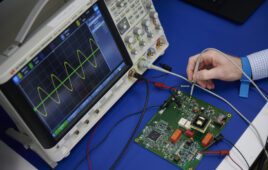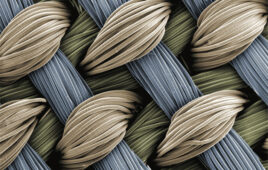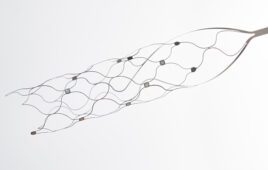Medical device companies have increasingly outsourced prototyping over the past two decades. It doesn’t have to be that way.
Dr. Elliot Fegelman & Benjamim Ko, Kaleidoscope Innovation

(Image courtesy of Kaleidoscope Innovation)
Whether tinkering in the garage or at multi-specialty design/build shops, product developers have traditionally built their own pieces and prototypes.
As machining capabilities have gained sophistication and capabilities, however, they also became more expensive and consumed more floorspace. For example, a five-axis CNC machine requires expertise that a knee mill does not.
With this increased specialization, many of the in-house “build” capabilities that were once the hallmark of product design have been outsourced to prototyping specialists. For those with the space and access to a workforce skilled in CAD and machining, however, an in-house rapid prototyping shop can still make sense. Here’s how:
Turnaround time
While the off-site prototype shops excel in rapid turnaround and shipping, there’s a greater efficiency created when engineers just need to walk down the hall to consult with a prototyping specialist, discuss the item and know it will go into the queue that afternoon.
Consultation
That visit to the specialist involves more than just handing over a CAD file. Using their skills in CAD and machining, the specialist can make suggestions to the design engineers on placing a radius, augmenting tooling efficiency and reducing touch. These prototyping recommendations can often be translated into the final manufacturing process to save valuable time in a complex schedule.
Precision
With the advent of 3D printing, designers and engineers have enjoyed rapid turnaround and true-to-form pieces, but the tolerances or robustness of those pieces can be lacking. Machined parts made of true material make the integration between pieces more predictable and the tolerance for field stressors more robust. This method of prototyping also eliminates the oft-heard excuse of blaming 3D-printed parts for technical flaws that may or may not truly be mitigated by production-equivalent devices.
Customer satisfaction
The triple constraints of time, cost and quality are still alive and well, heightened by today’s speed of innovation. In-house prototyping shortens the iteration cycle, but more importantly, reduces the need for iterations. When the pieces fit and function the first time, the critical design improvements needed to enhance the product — not the prototype — are more easily identified, shortening the process.
Business development
For businesses that deliver value through innovative design and manufacturing processes, differentiation is critical. An in-house rapid prototype shop staffed by specialists, combined with 3D printing capabilities, offers clients an efficient and bespoke approach to meeting their needs.
Some trends are best followed; many are best to lead. Sometimes it’s most impactful to buck the trend. In-house machining capabilities with multi-axis CNC lathes and mills, precision EDM wire machines along with the specialists to wield them can add overall improvements in timelines, costs and customer satisfaction.
Dr. Elliott Fegelman is a surgeon and chief medical officer and VP of medical affairs at Kaleidoscope Innovation, Cincinnati, where he offers clinical advice on medical product development and input on medical product risk assessments. Before joining Kaleidoscope in August 2019, he served as VP and therapeutic area expert at Johnson & Johnson Medical Devices Companies, focusing on the Ethicon business.
Benjamin Ko is director of product development for Kaleidoscope. His background includes precision injection systems for subretinal drug delivery, atraumatic manipulators for microvascular surgery, and cryogenic surgical probes for cardiac ablation.
The opinions expressed in this blog post are the author’s only and do not necessarily reflect those of Medical Design and Outsourcing or its employees.




